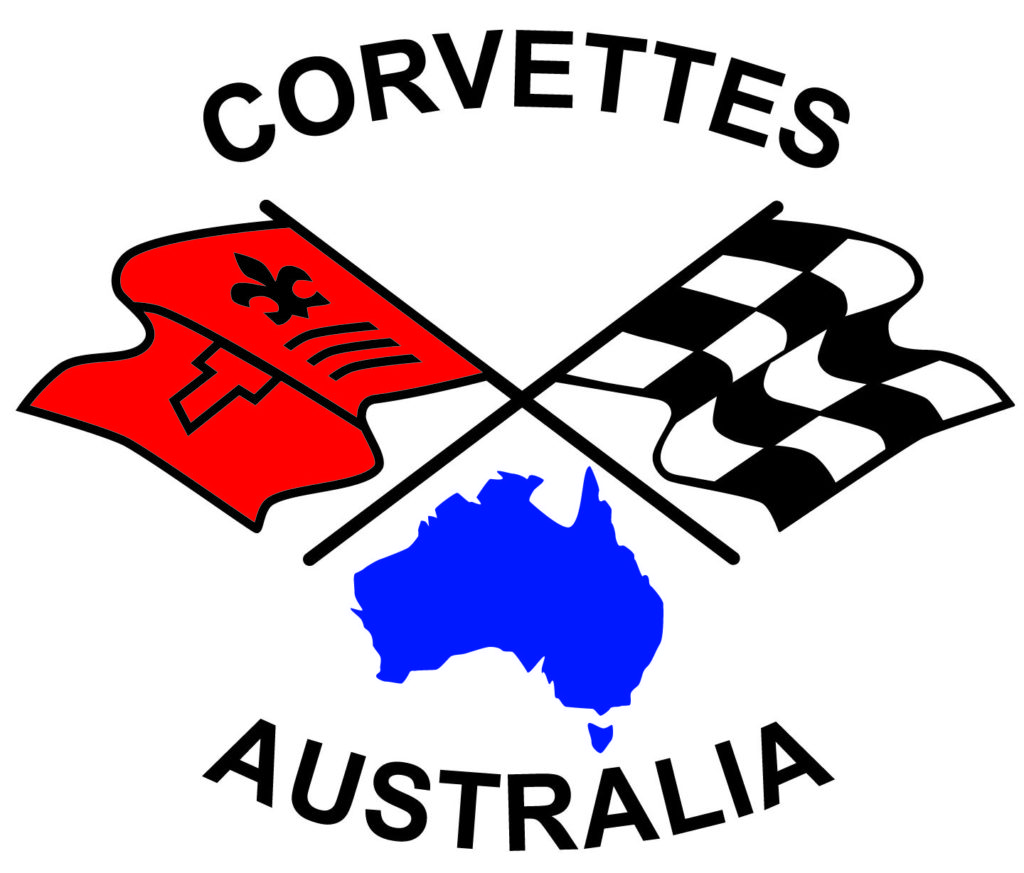The second generation Corvette (C2) introduced the name “Sting Ray” to the Corvette. The C2, later referred to as the “mid-year” Corvette, was introduced in 1963. As well as the convertible model, a coupe was introduced for the first time. Corvette yearly sales went to an all-time high of 21,513 in 1963, up fifty percent on the previous best year of 1962.
The C2’s tapered rear deck featured a split rear window which lasted for this one year only due to complaints about rear visibility. This largely unloved split rear window has now ironically become a feature that increases the value of the car. At the front, a Corvette feature that became synonymous with the nameplate was introduced: pop-up headlamps.
The all-new C2 body was mounted on the redesigned chassis which made the car shorter than the preceding C1. It featured an independent rear suspension system tied together by a transverse rear leaf spring. The engine was moved back in the chassis which put more weight on the rear wheels, moving the centre of mass rearward. This new configuration improved maneuverability, handling and traction.

Styling was cleaned up for the 1965 model, removing some of the non-functional scoops and vents. Model year 65 saw the introduction of the Mark IV “big-block” engine in 396 cu in configuration, rated at 425 hp (317 kw). Four-wheel disc brakes were also introduced as standard on the 1965 Corvette.
The 1966 model brought about more subtle styling changes to the bodywork and interior, but also brought the introduction of the 427 cu in big-block engine. The fuel injected 327 cu in engine was dropped for 1966 as it was more expensive than the big-block but produced less horsepower.


Engines were basically carry-over from the previous generation, including the range topping 360 hp fuel injected 327 cu in V8. During the model year the Borg-Warner manual four-speed transmission was replaced by the Muncie M20. For just this one year, a Z06 option was offered – but only to those “in the know”. The Z06 option didn’t appear again until it was released for the 2001 model year C5.
The 1964 model year saw a few refinements to the car, most notably the end to the split rear window. Maximum power was raised to 375 hp for the fuel injected engine.

The 1967 Corvette was planned to be a C3, but development wasn’t completed in time and the ’67 remained as a C2. With more refinements made to the car, this became the best of the C2 models.
Two iconic engines were introduced in 1967. Firstly, the L89 big-block 427 fitted with Tri-power (3 x 2-barrel carburettors) producing 435 bhp (324 kw). But the L89 was dwarfed by the legendary L88 engine, which was rated at 430 bhp, but was reliably said to actually produce 560 bhp. The L88 was close to a pure race engine which mandated many performance options for the vehicle, and also included heater and radio deletion.
The L88 was not designed to be a street car! Only 20 L88s were built in 1967, making it the most valuable Corvette model ever, and it’s estimated that only half these cars are still around. A 1967 L88 was sold in 2014 for US$3.85 million, a Corvette price record.


The C2 mid-year Corvette had a life of only five years, making it the shortest generation run of all. The top selling C2 was the 1966 model with sales of 27,720. Although a better vehicle, the 1967 model could not match the 1966 sales, selling a total of only 22,940 cars, with many people waiting on the release of the C3 in 1968.

